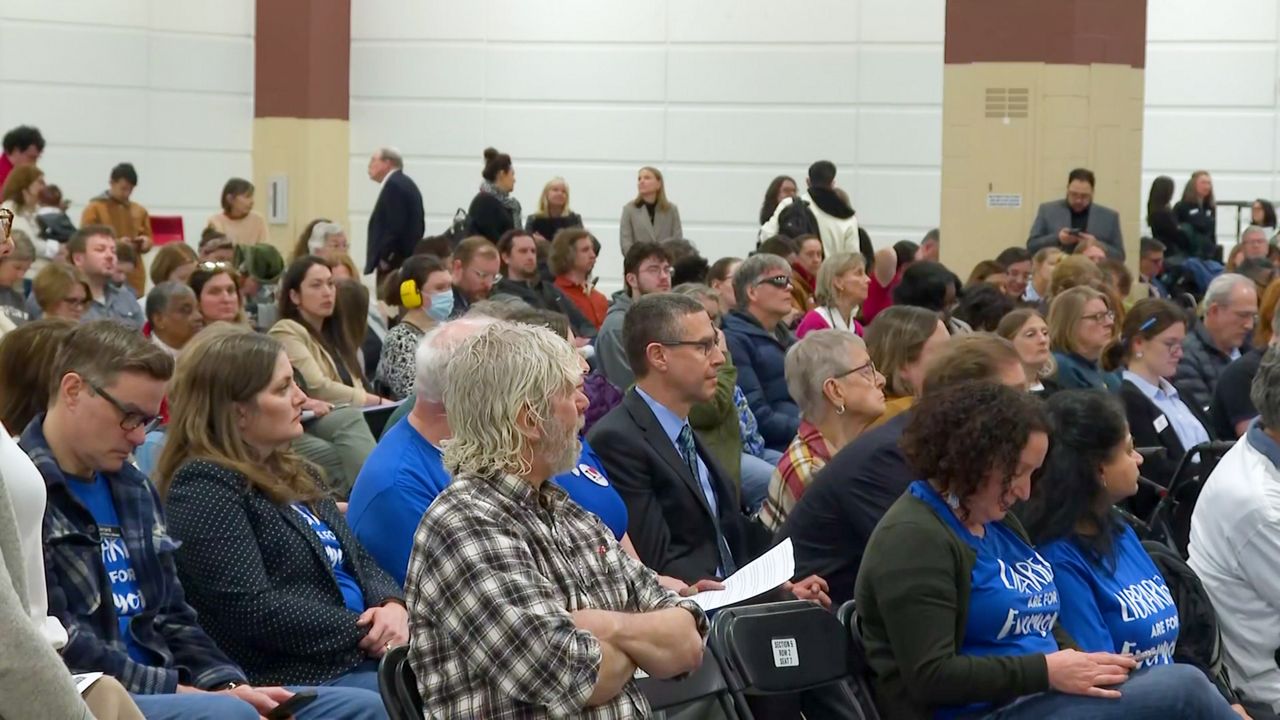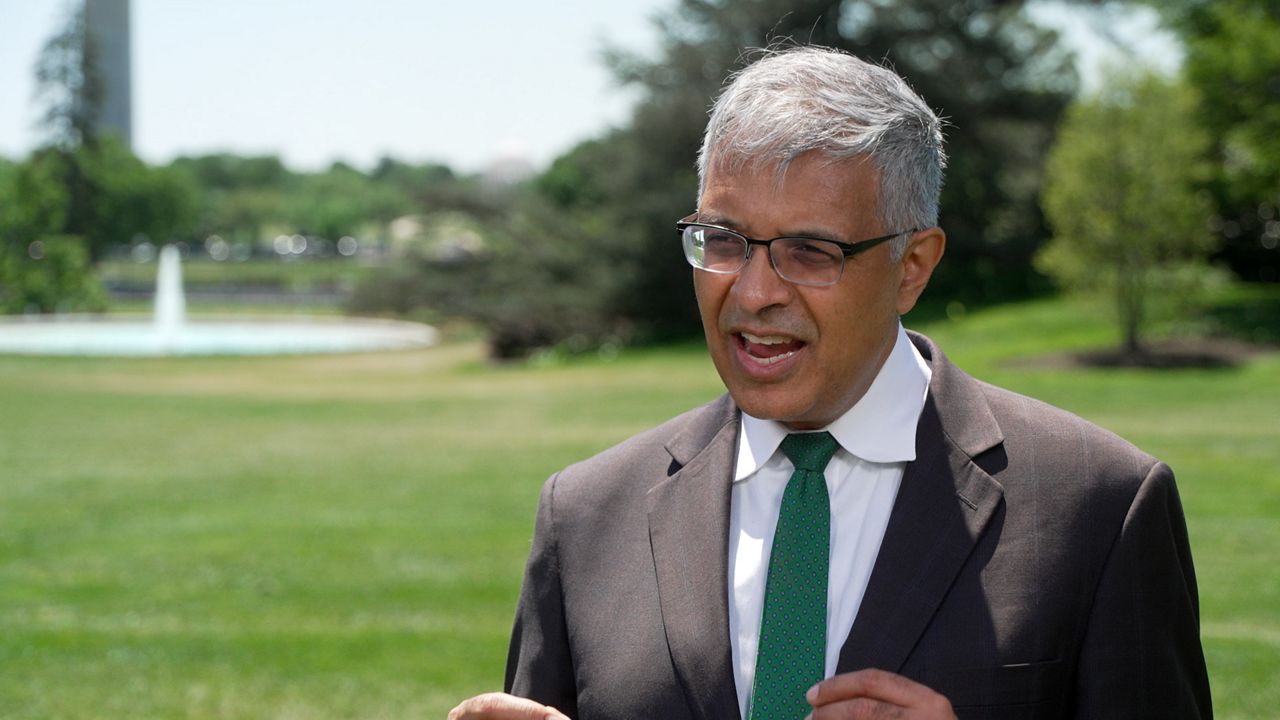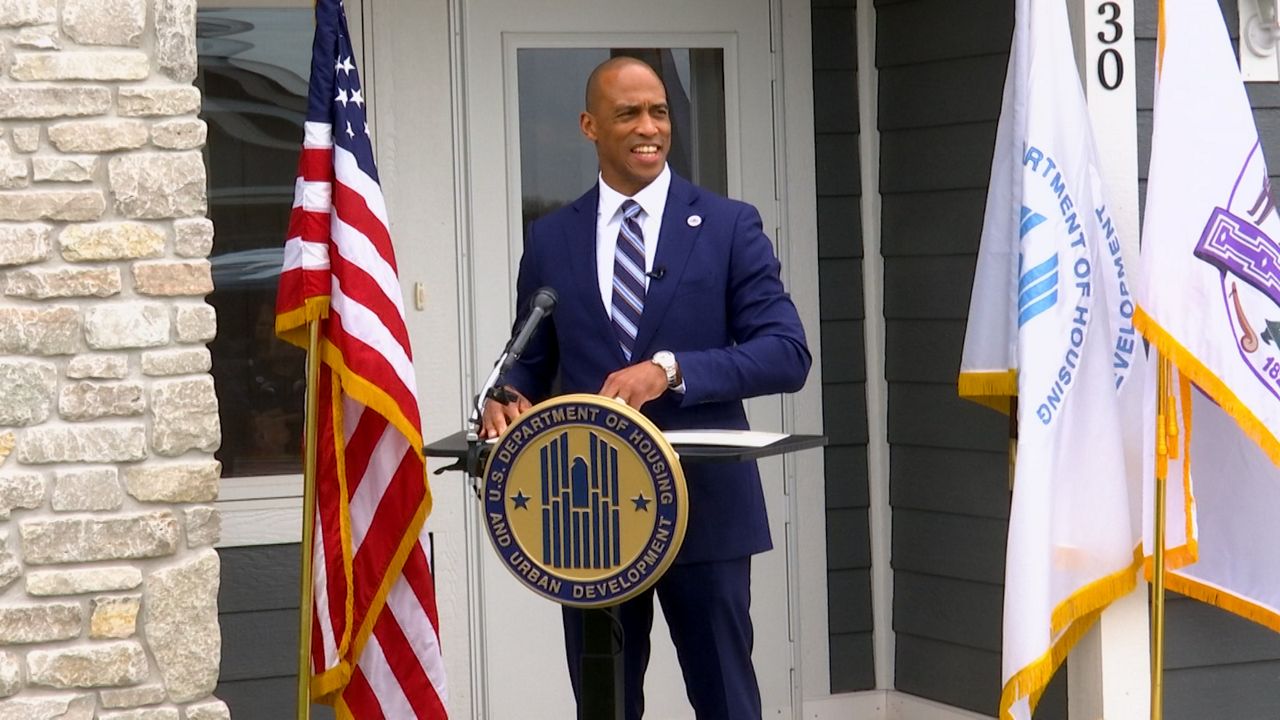MADISON, Wis. — As Wisconsin lawmakers prepare to draft the state’s next two-year budget, hundreds of parents and child care providers gathered on the steps of the Capitol Wednesday for the 2025 Child Care Advocacy Day.
The event, which was organized by the Wisconsin Early Childhood Association and Wisconsin Head Start Association, called for funding to keep the Child Care Counts program going.
The program has made monthly payments to child care providers since 2021. When federal funds ran out, Gov. Tony Evers used additional pandemic relief dollars to keep the stabilization fund afloat until June 2025.
With those funds now set to expire for good, it will be up to state lawmakers to decide whether they will use Wisconsin’s fiscal surplus to replace support for the program.
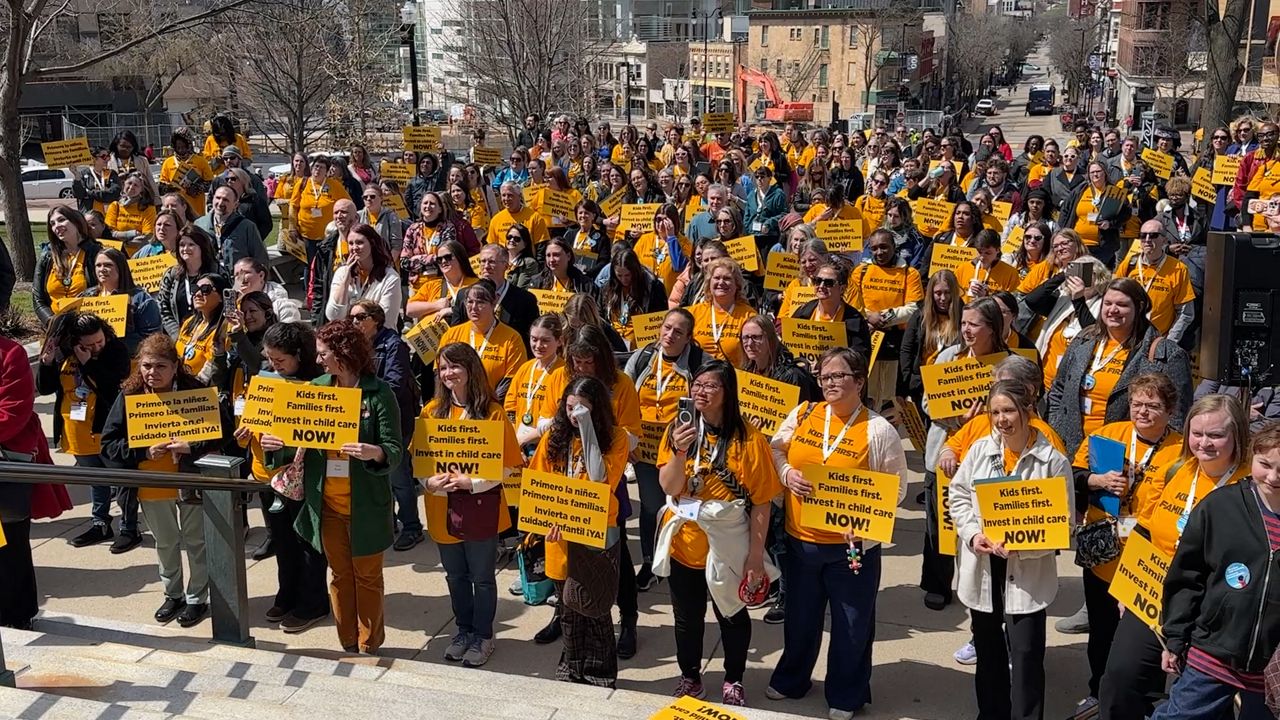
According to a recently released report, commissioned by the state's Department of Children and Families (DCF), one in four child care providers in Wisconsin said they could end up closing their doors if the pandemic-era program is no longer supported after June.
Data from the report also showed the effects could be greater in rural parts of the state, including Green County, where as many as half of providers could shut down.
Corrine Hendrickson, who runs a child care center out of the basement of her New Glarus home, said she is among the providers that could face closure.
“And the reason for that is us in the rural areas aren’t able to charge as much to begin with, and so that amount of revenue that we’ve been getting from the Child Care Counts investment is a larger portion of my overall revenue,” Hendrickson, who owns Corrine’s Little Explorers, explained. “So, if I have to replace that revenue, my rates are going up $30 a week.”
The possible rate hike is something Hendrickson worries many families who rely on her care cannot afford. If they choose to find another option, it could also mean a loss of income for Hendrickson herself.
While there is a shortage of providers and Hendrickson has a waitlist, she said those spots might not get refilled.
“[When] I go down that waitlist, it happened last year, people wouldn’t call me back,” Hendrickson said. “They would see my rates, and they would say, ‘I can’t afford that.’”
The DCF report, which was completed by the Institute for Research on Poverty at the University of Wisconsin-Madison, also showed nearly a third of providers, both family and group child care, expected to scale back their hours or the number of children they can take without support from the state.
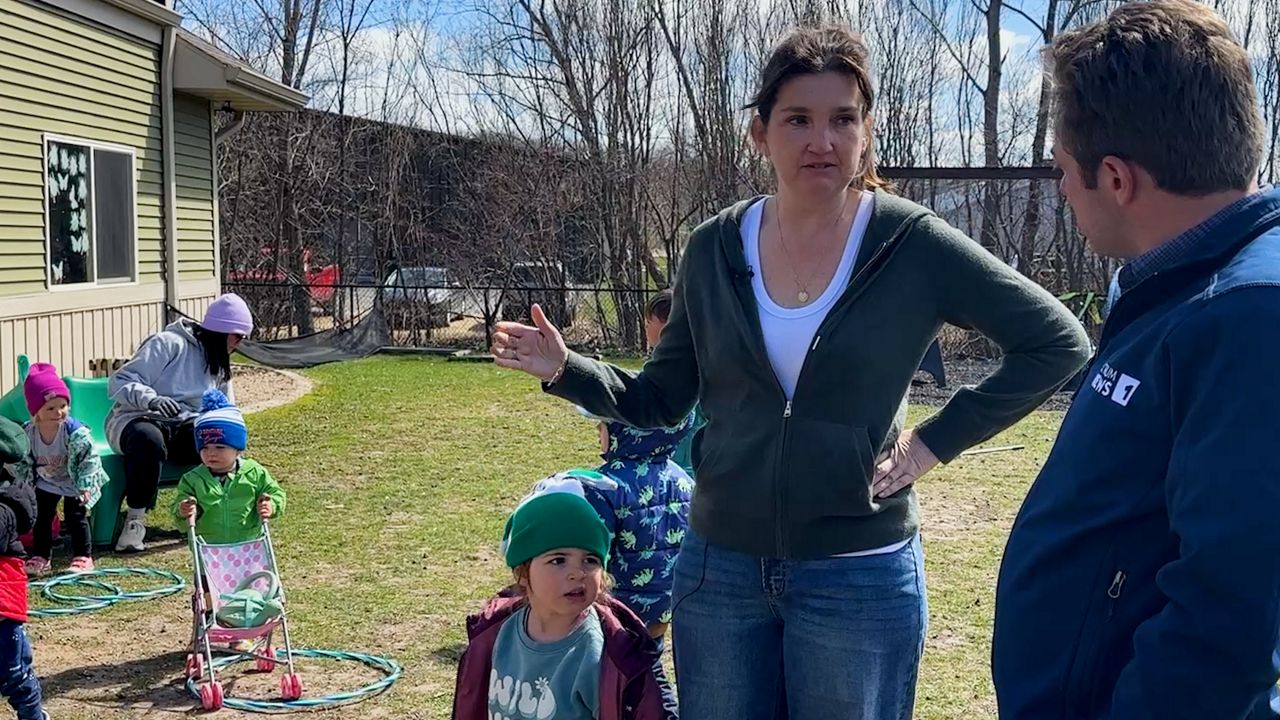
Brooke Skidmore operates The Growing Tree Child Care Center in New Glarus, just down the street from Hendrickson.
Skidmore said the COVID-19 pandemic put a lot of long-existing problems in the spotlight, such as low pay for teachers.
“We went from $11 an hour to $13 an hour, which is still not nearly enough of what it has to be, especially for the criticalness of the work that we do here,” Skidmore said.
As part of his formal budget proposal, Evers has asked lawmakers for $480 million to keep the Child Care Counts program funded. The stabilization fund was initially launched with federal relief dollars in 2020.
“The Child Care Counts program helped to stabilize the field, and that’s it. It stabilized the field, and it did what it was supposed to do, but it is by no means a corrective action,” Skidmore added. “It’s a band-aid.”
Skidmore would like a more permanent funding solution, such as a 1% payroll tax on businesses, to support what she calls the workforce behind the workforce.
“We’re on a rollercoaster and we’ve been on this rollercoaster for several years now, so, yes, having something that is put in the budget that is stable, that we can count on, is going to provide us that space of certainty,” Skidmore said.
However, until that certainty comes, both providers said they will continue having conversations with the hopes of keeping their doors open for kids.




